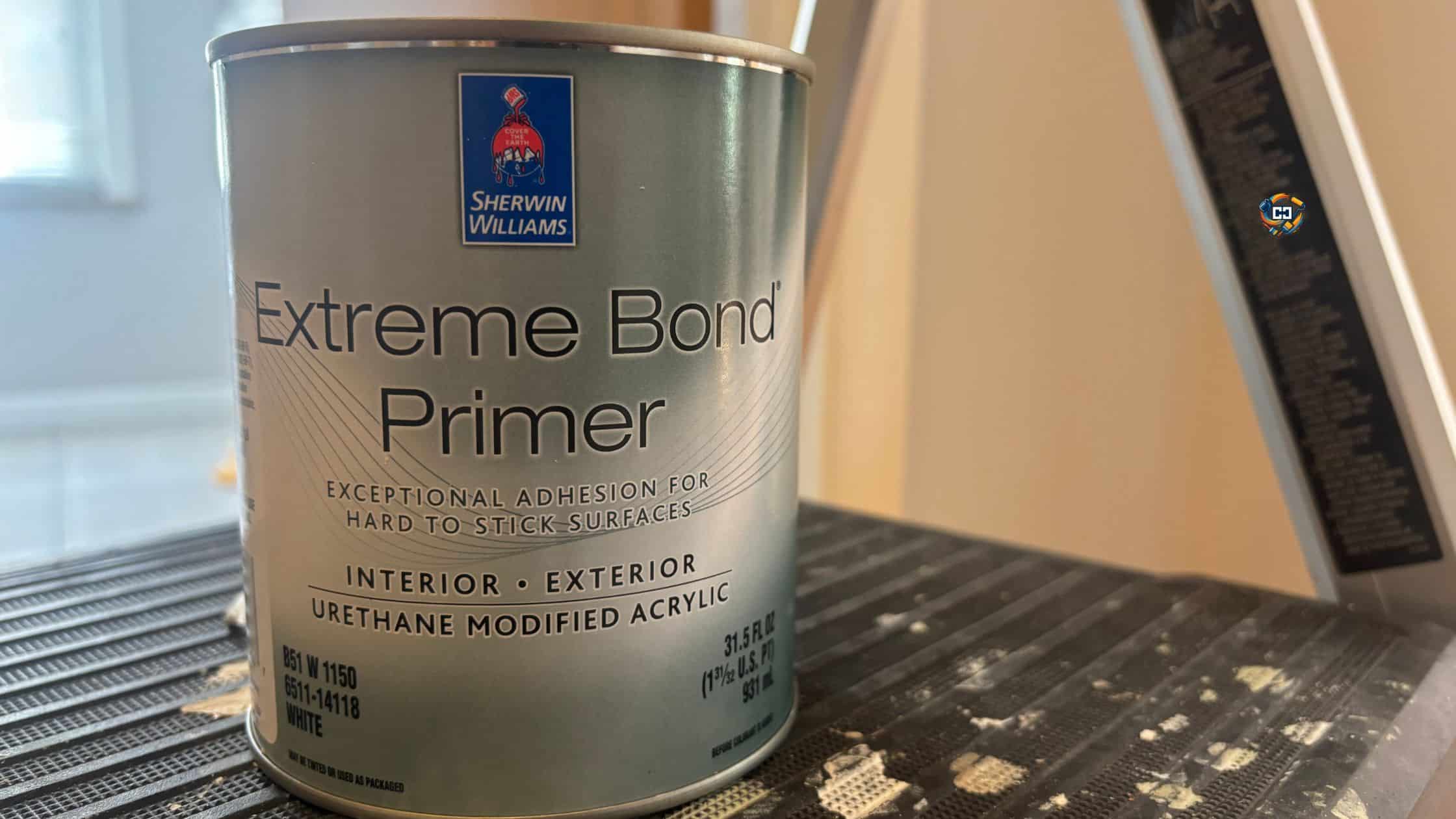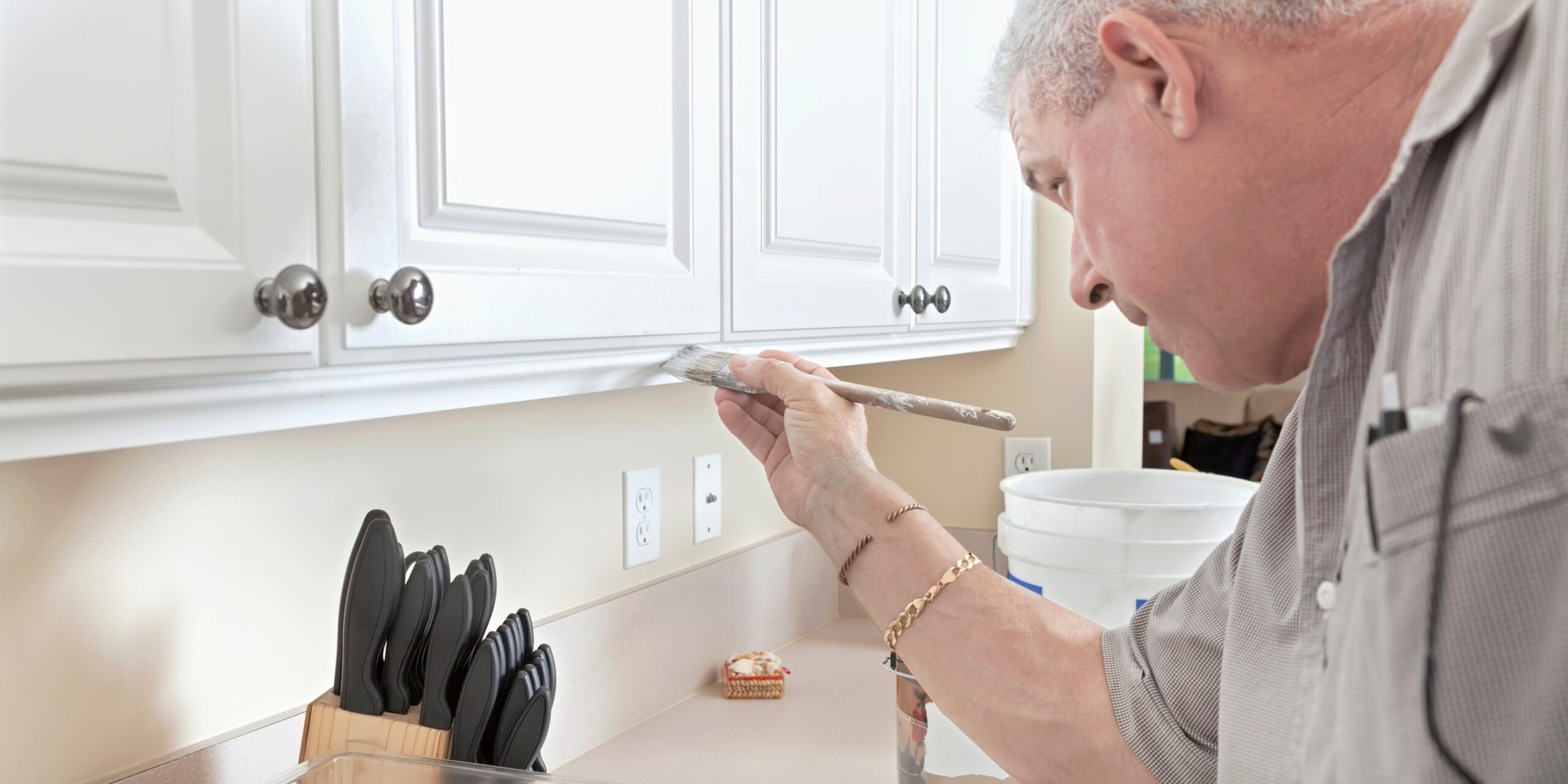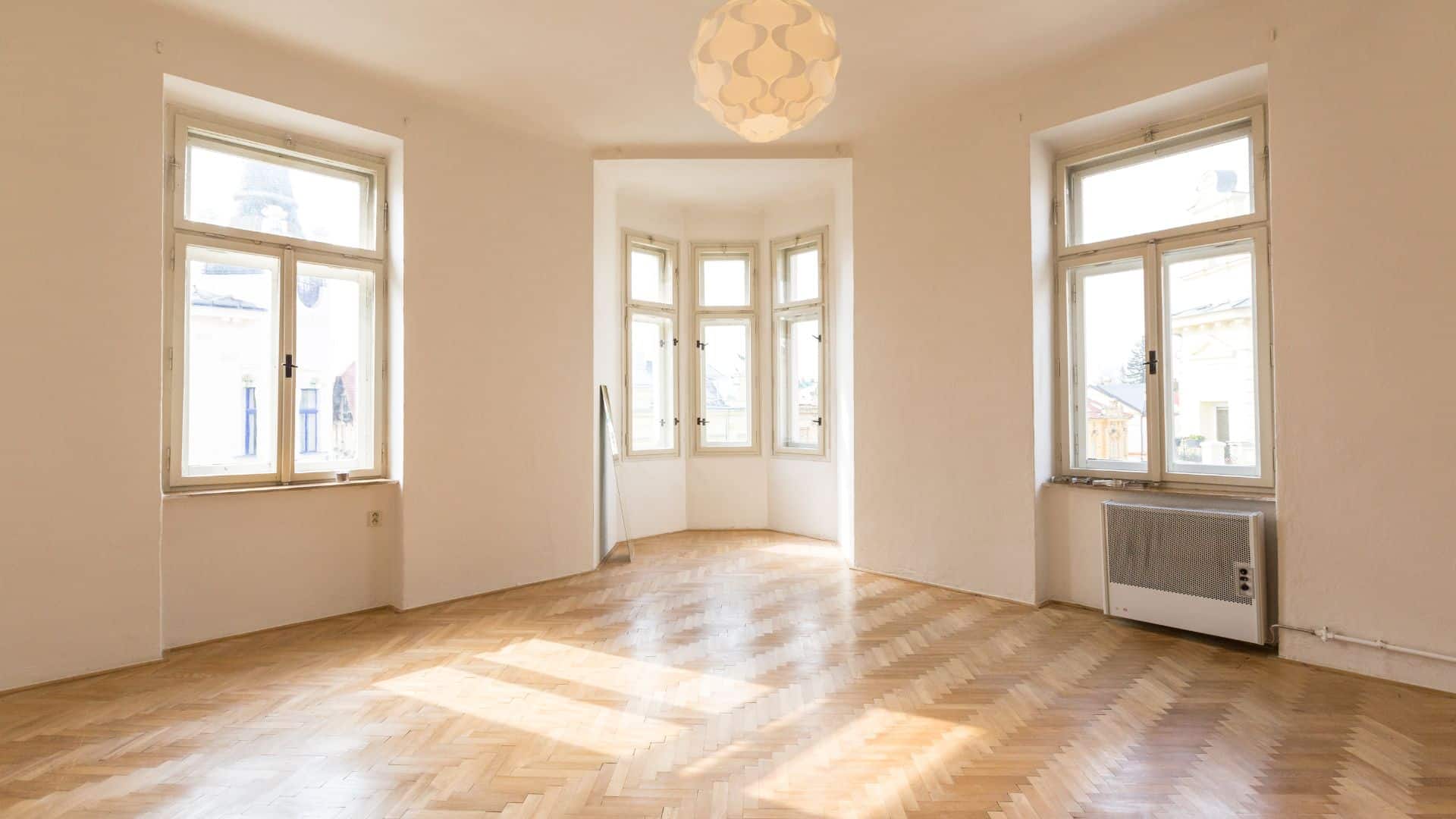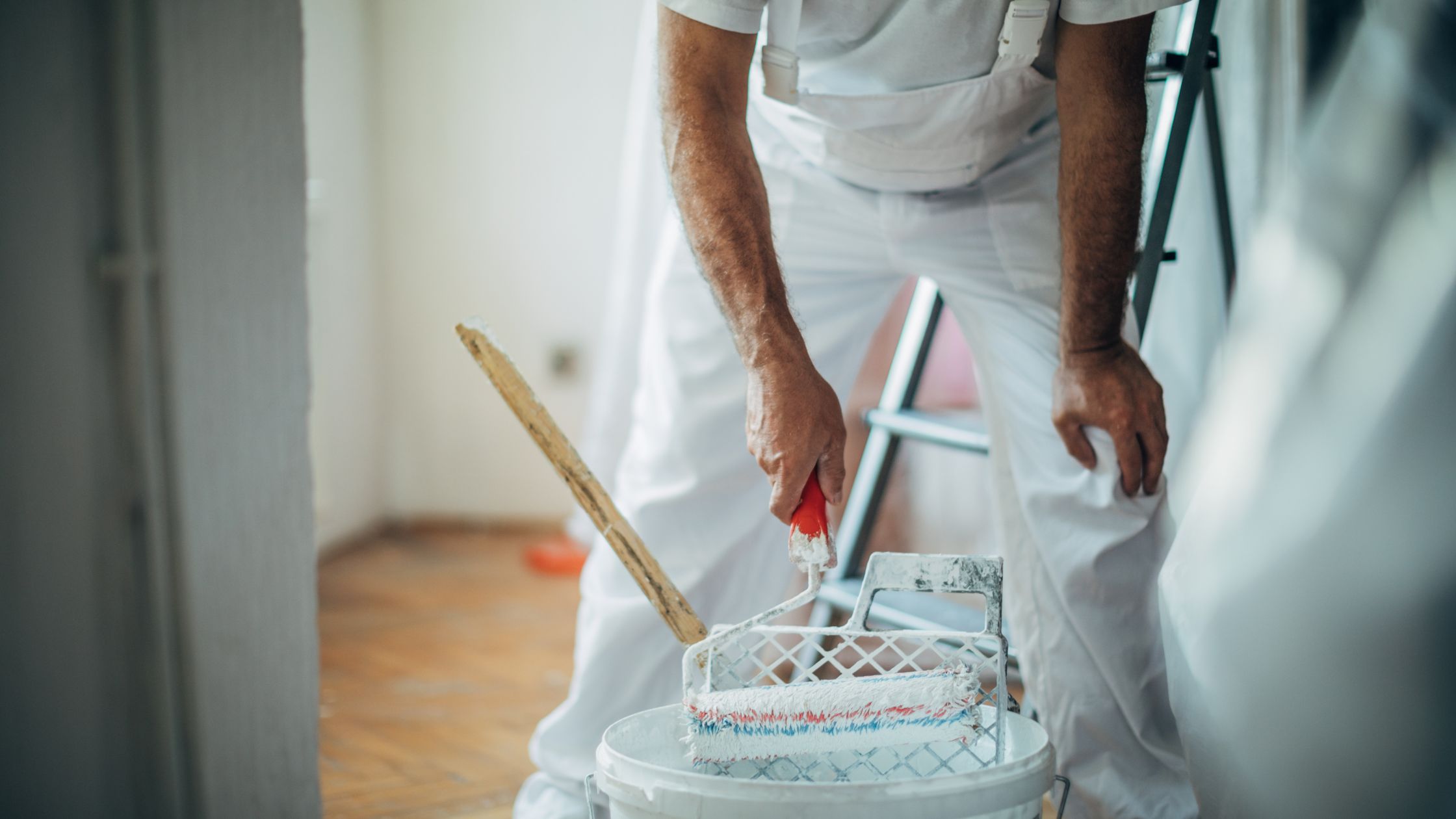Key Takeaway Sherwin-Williams Extreme Bond Primer is engineered to tackle the toughest adhesion challenges — cabinets, tile, glass, PVC, and glossy finishes. It bonds where standard primers fail, saving time and ensuring your topcoat lasts. Priced at about $27–$30 per quart and $85–$90 per gallon, it’s a worthwhile investment for projects that demand long-term durability....






